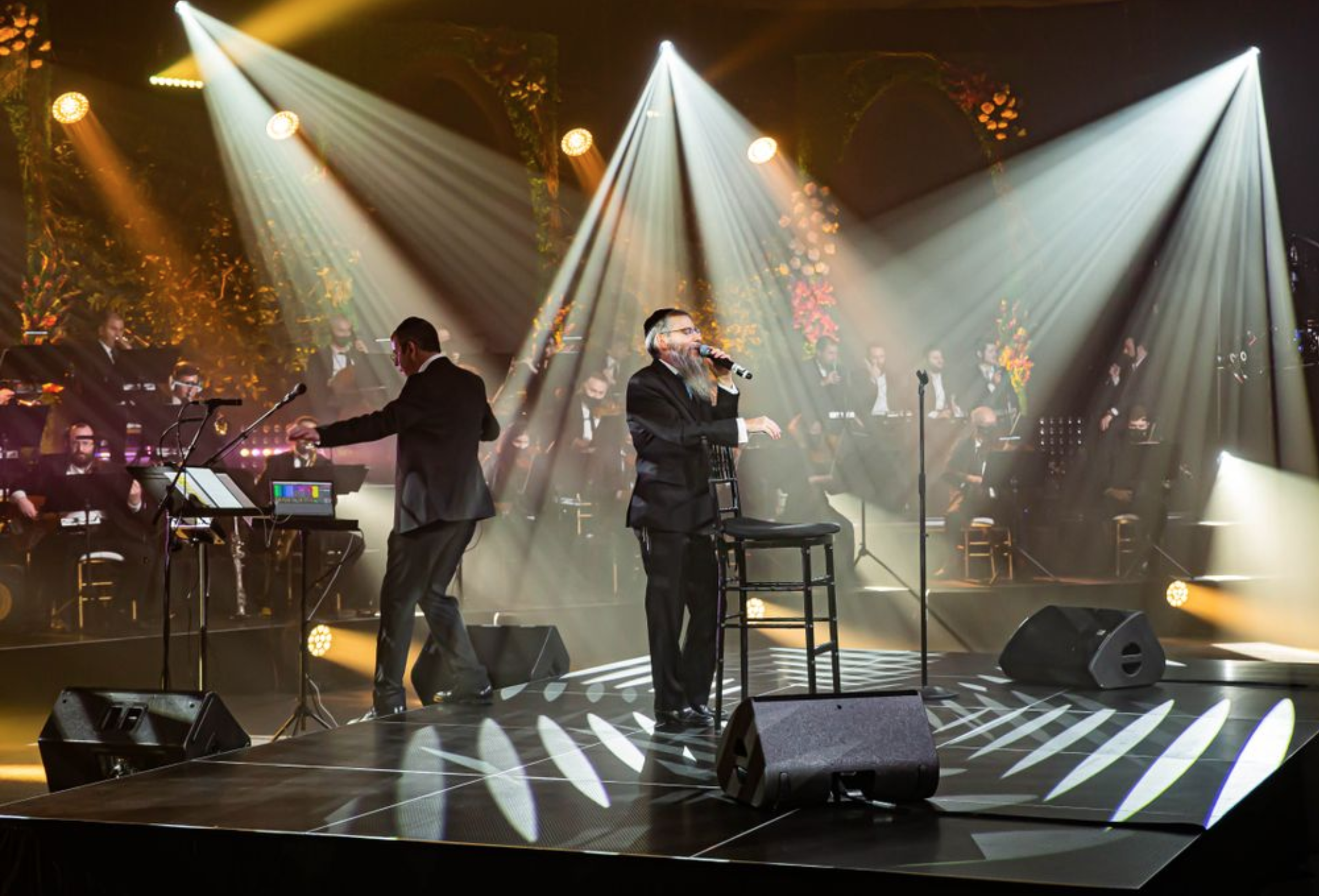What Makes Modern Event Audio So Powerful
Whether it’s a stadium concert, a corporate presentation, or an intimate festival stage, one thing always defines the audience experience: the Sound. Today’s event productions rely heavily on advanced audio technologies, precise acoustic planning, and professional mixing techniques to deliver clear, immersive audio that reaches every corner of a venue. Without high-quality audio systems and proper engineering, even visually stunning events fall flat. Exceptional Sound is not a luxury — it is the foundation of engagement, emotion, and impact.
Modern audio gear has evolved significantly. Line arrays are more compact yet more powerful, digital consoles provide limitless routing options, and wireless systems deliver freedom on stage without compromising clarity. As expectations rise, event producers must understand the components and techniques that shape the audio experience.
This blog explores how professional audio gear works, why proper installation matters, and how engineers craft soundscapes that leave audiences fully immersed in the moment.
The Anatomy of a Professional Audio System
A complete live event sound system consists of multiple interconnected components, each essential for coverage, clarity, and consistency. The main categories include:
Loudspeakers and Line Arrays
Today’s live events depend on sophisticated loudspeaker systems engineered for high output and even distribution. Line arrays remain the industry standard due to their ability to deliver long-throw projection and uniform coverage. They reduce audio “hot spots,” maintain intelligibility, and ensure audiences in the back rows hear the same details as those near the stage.
Subwoofers
Low frequencies create physical impact and energy, especially in concerts and DJ events. Subwoofers extend frequency response and add depth to music, making bass feel immersive rather than muddy. Proper placement, cardioid configuration, and crossover adjustments determine how tight and controlled the low end feels.
Stage Monitors and In-Ear Systems
Performers must hear themselves clearly to maintain timing and pitch. Stage wedges provide localized audio, while in-ear monitors offer personalized mixes that reduce stage volume, prevent feedback, and protect hearing. They also give artists better mobility and consistency across venues.
Amplifiers and DSP
Amplifiers power the loudspeakers, but digital signal processors (DSP) shape frequency response, limit dynamic peaks, and protect equipment from overload. Modern amplifiers include built-in DSP presets optimized for specific speaker models, ensuring ideal performance.
Mixing Consoles
Digital mixers have replaced analog boards in most events. They offer flexible routing, scene recall, multitrack recording, and remote control via tablets. Engineers manage EQ, compression, gating, and effects to balance instruments and vocals in real time.
Microphones and Wireless Systems
Microphone selection directly impacts tonal quality. Dynamic mics handle high-pressure sound sources; condensers capture detail; wireless systems eliminate cable clutter. Coordination and frequency scanning ensure interference-free performance.
How Acoustic Planning Shapes Every Event
Achieving perfect audio isn’t just about gear. It requires acoustic awareness and strategic design. Venues vary dramatically — outdoor fields, ballrooms, arenas, and conference halls each present challenges.
Acoustic planning includes:
Understanding Reflections and Reverberation
Hard surfaces increase reflections that blur clarity. Engineers adapt speaker angles, tuning settings, and coverage patterns to reduce unwanted echoes.
Choosing the Right Speaker Placement
One inch can make a difference. Proper placement ensures balanced SPL levels and prevents “dead zones.” Height, angle, and horizontal dispersion are carefully calculated.
Managing Feedback
Microphone orientation, monitor placement, and EQ filters help prevent feedback loops that cause high-pitched squeals.
Weather Considerations for Outdoor Events
Wind, humidity, and temperature affect how sound travels. Engineers continuously adjust EQ and output levels as conditions change throughout the event.
A well-designed audio plan ensures every audience member receives a consistent, enjoyable listening experience.
The Role of the Front-of-House Engineer
Behind every great event lies a dedicated audio engineer who mixes live sound, solves real-time issues, and ensures musical balance. FOH engineers must remain highly attentive, adapting quickly to unexpected challenges such as:
Performers changing mic distance
Sudden crowd noise
Wireless interference
Instrument level inconsistencies
Technical malfunctions
Their skill defines the event more than most attendees realize. Even the best equipment underperforms without a talented engineer behind it.
The Importance of Monitoring Engineers
While FOH focuses on the audience, monitor engineers concentrate on performers. They manage custom mixes for each musician, ensuring they hear exactly what they need. This requires quick reactions, communication skills, and an understanding of each performer’s preferences.
How Digital Technology Has Revolutionized Live Sound
Modern audio is more accurate, more flexible, and easier to control thanks to digital advancements:
Remote mixing via iPad
Preset-based tuning
Networked audio using Dante and AVB
Auto-gain and smart EQ tools
Predictive coverage modeling
These technologies reduce setup time, increase reliability, and make complex productions manageable even with small crews.
Why Audio Redundancy Matters
Nothing disrupts an event faster than audio failure. Redundancy protects the show:
Backup mixers
Duplicated wireless receivers
Power conditioners
Parallel-running amplifiers
Secondary playback devices
Professional audio production always plans for the unexpected.
Training and Skill Development in Event Audio
Audio engineering blends technical expertise and musical understanding. High-level engineers continually refine their skills by:
Studying acoustics
Learning new digital systems
Practicing advanced mixing techniques
Understanding genre-specific sound styles
Experience shapes instinct — and instinct shapes great sound.
Conclusion
High-quality event audio requires more than loud speakers and cables. It is an art, a science, and a cornerstone of audience connection. Professional engineers, advanced technology, and strategic planning create the immersive performance environments we expect from live shows. Whether designing a stage, tuning a line array, or balancing a vocal mix, every detail matters.


Hi, this is a comment.
To get started with moderating, editing, and deleting comments, please visit the Comments screen in the dashboard.
Commenter avatars come from Gravatar.